If someone asked you to draw a planet other than ours, you would likely draw Saturn, and that is because of its rings. But for most of history, human beings couldn’t see the rings. Not the astronomers of ancient India, Egypt, Babylon or the Islamic world. Not Ptolemy or the Greco-Romans, who nonetheless discerned that Saturn was farther from Earth than Mercury or Venus. Not Nicolaus Copernicus, who showed that the Earth was just another planet orbiting the Sun. And not even Tycho Brahe, the Danish nobleman and alchemist, who attempted to calculate Saturn’s diameter (he was way off).
It was Galileo Galilei who first spotted something there. His primitive telescope gave him only a slightly better view of the heavens than did the naked eye, and in 1610 he thought he saw two undiscovered bodies flanking Saturn, one on each side. “The fact is that the planet Saturn is not one alone,” he wrote to a counselor of the Grand Duke of Tuscany, “but is composed of three.” Two years later, though, with the rings tilted directly toward the Sun edgewise and basically invisible from Earth, Galileo was astonished to find that the two mysterious companions were gone. “What is to be said concerning so strange a metamorphosis?” he wondered.
The best minds of the 17th century came up with all sorts of theories: Saturn was ellipsoidal, or surrounded by vapors, or actually a spheroid with two dark patches, or had a corona that rotated with the planet. Then, in 1659, the Dutch astronomer Christiaan Huygens first made the suggestion that Saturn was surrounded by “a thin, flat ring, nowhere touching, and inclined to the ecliptic.” The Italian-French astronomer Giovanni Cassini went a step further in 1675 when he noticed a puzzling slim, dark gap almost in the middle of the ring. What appeared to be one ring turned out to be even more complex. Astronomers now know that this “ring” is actually made up of eight main rings and thousands of other ringlets and divisions. Some of the rings have full-on moons roaming within them.
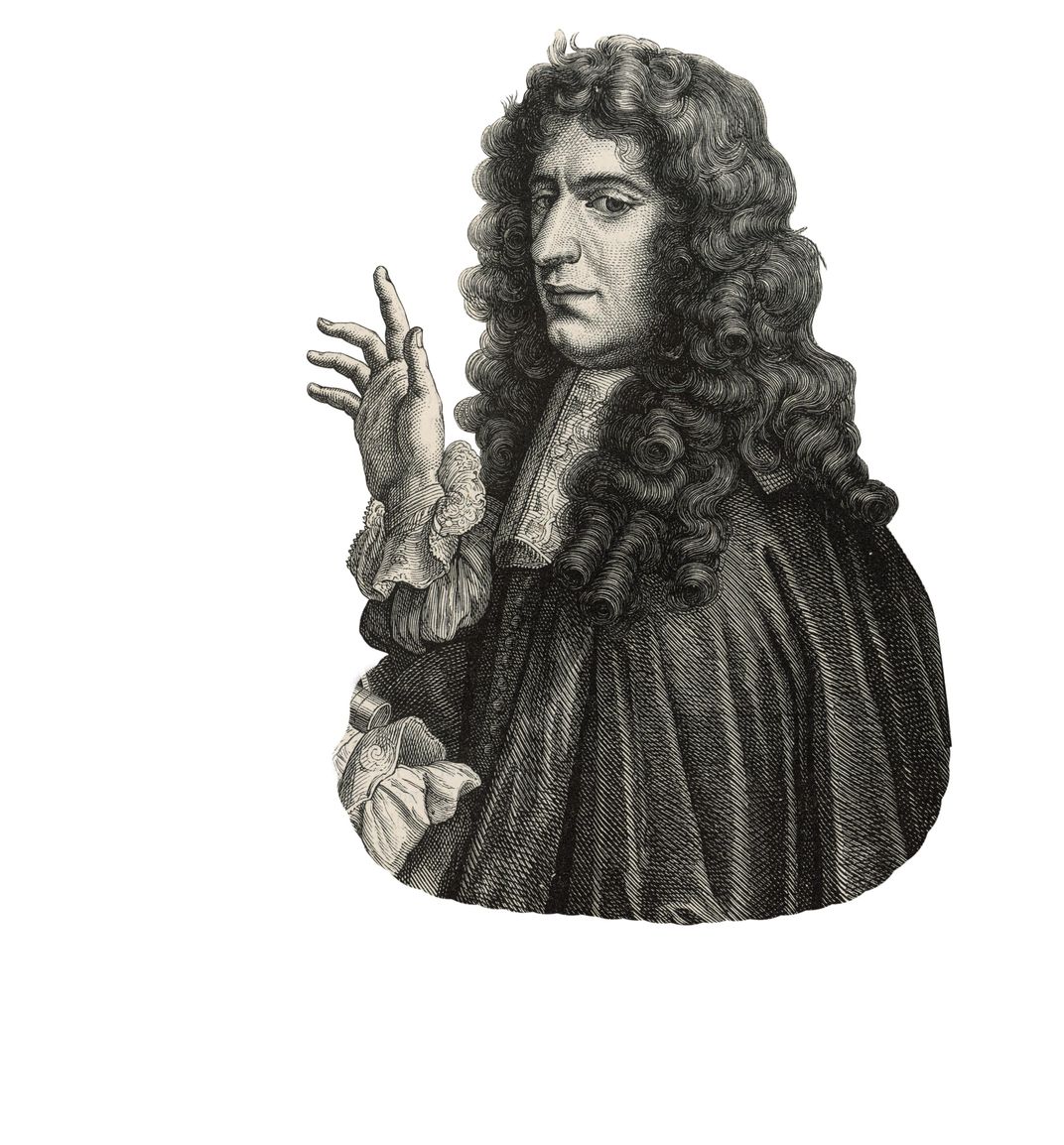
It took Cassini and Huygens again to make the first direct measurements of the rings. Not the men but the $4 billion NASA Cassini-Huygens mission that was launched in 1997 and orbited Saturn and its moons until 2017. (This summer, NASA announced a new mission, dubbed Dragonfly, to Titan, Saturn's largest moon.) The spacecraft confirmed that the rings are made up mostly of water ice—chunks ranging in size from submicroscopic particles to boulders dozens of feet wide. They stay in orbit around Saturn for the same reason the Moon stays in orbit around the Earth: Their speed is fast enough to just barely counteract the gravitational pull of the planet, keeping them at a distance. The ice particles fall into a ring shape because each one follows a similar orbital path. The particles in the inner rings move faster than those in the outer rings, because they are fighting against a stronger gravitational pull.
The rings have such a wide breadth their outermost circumference is greater than the distance from Earth to the Moon. But they’re so thin that during Saturn’s equinoxes, when the light from the Sun hits the rings straight on, they all but disappear when viewed from the Earth. The average thickness of the main rings is believed to be no more than 30 feet. A recent study showed that parts of the B-ring—the brightest ring of all—are only three to ten feet thick.
Astronomers have long wondered about the origins of Saturn’s rings. Some believed they appeared when the planet first pulled itself together about 4.5 billion years ago. Others thought they were formed by colliding moons, asteroids, comets or even the remainders of dwarf planets, perhaps as recently as ten million years ago. But there seemed to be little serious interest in the question of how long they would last. Most of Saturn’s rings lie within what’s known as the Roche limit—the distance a satellite can orbit a large object without the planet’s tidal force overpowering the object’s own gravity and tearing it apart. (Saturnine rings that lie outside the Roche limit stay together because of the gravitational influence of other satellites, such as moons.) If the rings had stayed intact so far, most people reasoned, it seemed unlikely that they’d suddenly start disintegrating.
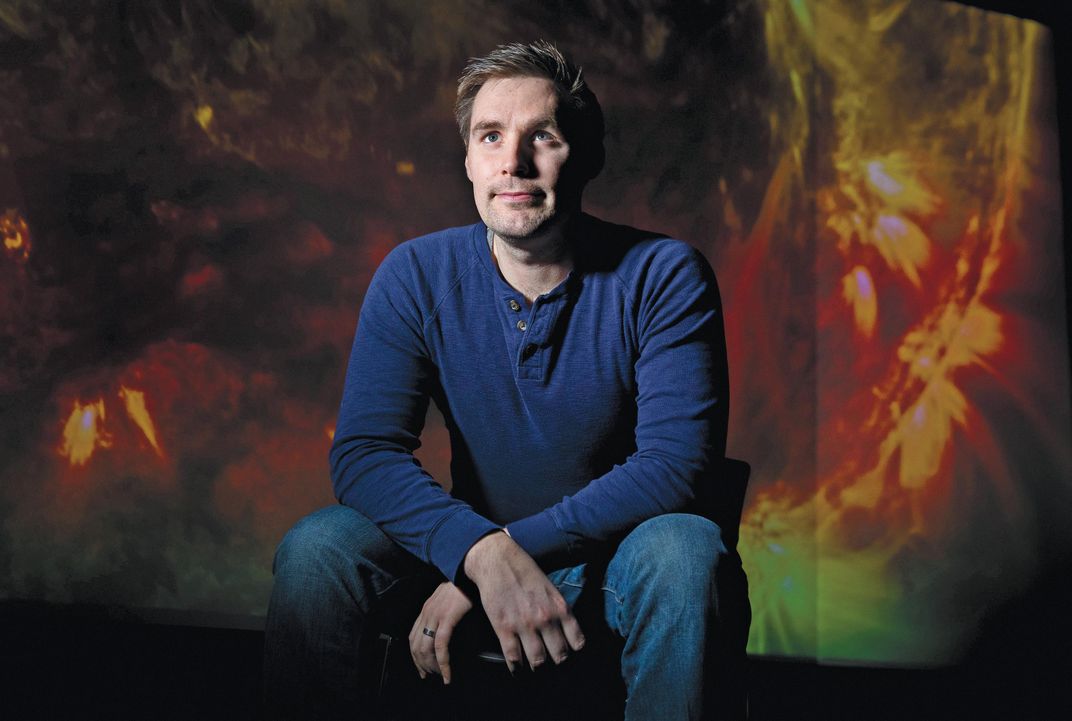
Then, in the summer of 2012, a 26-year-old doctoral candidate named James O’Donoghue was sitting in a nondescript lab at the University of Leicester in England. He’d been assigned to look at Saturn’s auroras—the light shows around its poles. He was focusing in particular on a form of hydrogen called H3+, a highly reactive ion with three protons and two electrons. H3+ plays a role in a wide range of chemical reactions, from the creation of water and carbon to the formation of stars. As O’Donoghue puts it, “Every time we look at H3+, it helps us uncover some cool, crazy physics.”
O’Donoghue enjoyed working late, sitting there in his jeans and T-shirt when everyone else had gone home for the night. He got up occasionally to make another cup of tea, then sat down again and stared at the black-and-white spectral images on his screen, which he described as looking “like white noise.”
He hadn’t planned on analyzing regions other than the poles, since nobody expected the H3+ to be doing anything interesting anywhere else on the planet. But for the heck of it, O’Donoghue decided to take a close look at other latitudes, away from the poles. To his surprise, he saw distinct bands of H3+—not just the uniform sameness he had expected. “Puzzled, and definitely not believing the result yet,” O’Donoghue recalls, “I spent the next few days trying to confirm the banded pattern was real and not some computer coding error.”
A few days later, O’Donoghue was in the office around midnight when it hit him that what he had seen was real. “It is an unnatural experience to be sitting alone in your dead-quiet office and all of a sudden feeling your heart start racing in a way only sprinting could explain, and all over a fuzzy-looking set of data points!” he told me. “I thought it could be some new band of aurora which had never been seen before or something entirely new. Those were the two options now, and both were amazing.”
O’Donoghue wondered whether it could be a sort of weather phenomenon. But that seemed unlikely, if not impossible, since the bands were hundreds of miles above the cloud tops of Saturn. “The weather doesn’t really go that high in that way,” he said. The likeliest scenario was that something was traveling from the rings into the atmosphere. And since the rings are primarily made up of water ice, it meant that water was most likely raining down on Saturn. The implication was startling: One day, sooner than anyone expected, the rings could be gone.
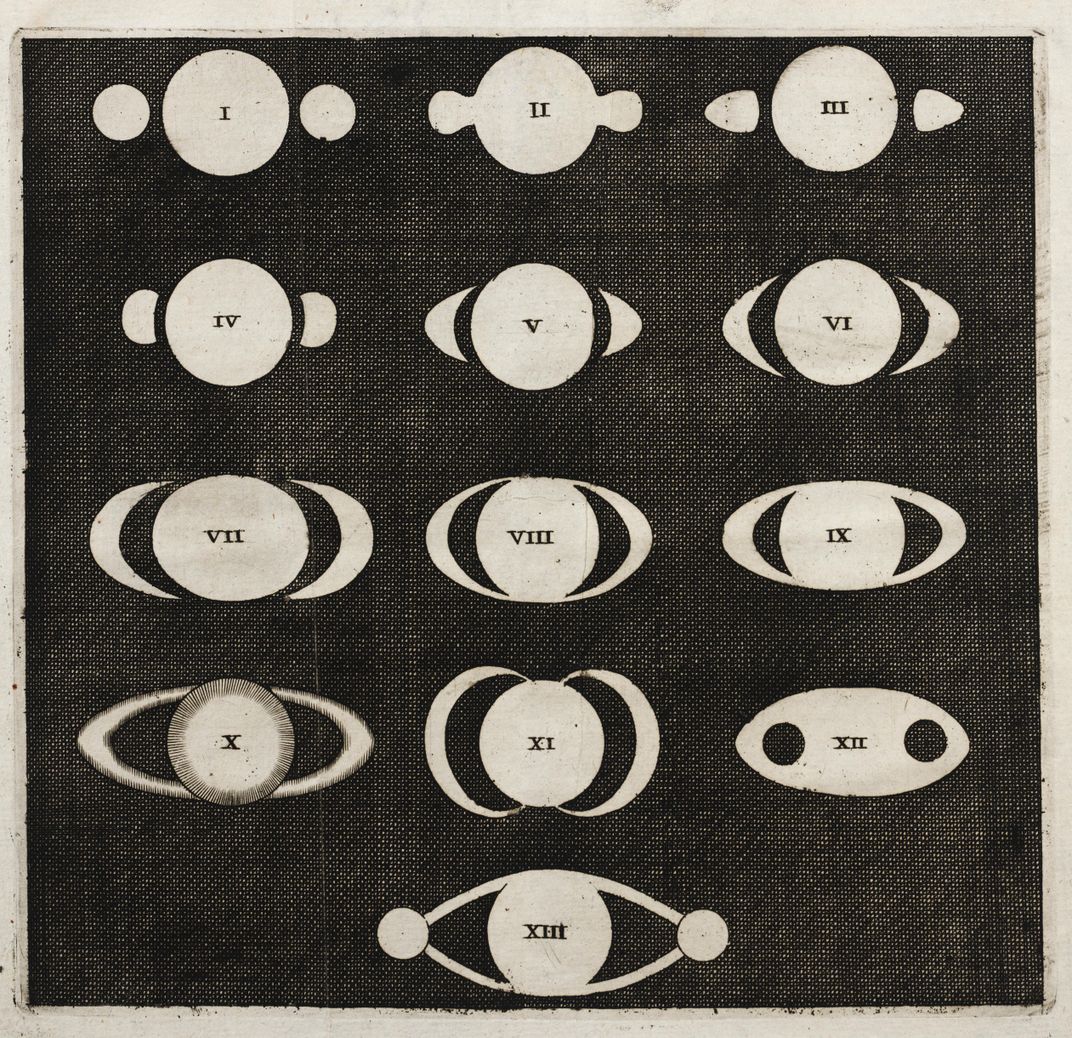
It took O’Donoghue about ten days to convince his adviser that the observations pointed to something important. “Extraordinary claims require extraordinary evidence,” O’Donoghue told me, reciting the old scientific adage. “And I was a rookie.” So that night in the lab at Leicester was only the beginning. Over the next seven years, the world would learn that this young unknown British astronomer, who’d stumbled into academic science after a despairing childhood, had just made one of the biggest planetary discoveries in recent history.
* * *
I met O’Donoghue a few miles outside Washington, D.C., at NASA’s Goddard Space Flight Center. We drove through the Goddard campus to Building 34—also known as the Exploration Sciences Building—and settled into a small lecture room. The whiteboard behind us had a colorful drawing of an anthropomorphic planet wearing protective eye goggles and next to it a caveat: “Not to any scale.” Beside that someone had written, “Wow! Science!”
O’Donoghue, now 33, has spent time observing every planet in the solar system—plus the moon, stars, galaxies and supernovas—but he mostly focuses on the upper atmospheres of Jupiter and Saturn, the two gas giants. Compared with closer planets, Saturn has long been elusive, even for scientists. “Saturn doesn’t give you many clues,” he said. Scientists know quite a lot by now about Mars’ cratered surface and carbon dioxide–dominated atmosphere, and the iron oxide dust that gives it its reddish color. Even Jupiter has its almost anatomical-looking bands, spots and colors, which show something about the forces and elements at work; for instance, Jupiter’s light-colored zones are colder than its dark belts, and its Great Red Spot is a storm spinning counterclockwise. In contrast, says O’Donoghue, “Saturn is much colder, so those things literally freeze out. The banded structures you see on Jupiter sort of disappear on Saturn. It’s just a golden yellow color.” He paused. “It’s nice to say ‘golden.’” It would be more accurate to call Saturn a dull yellowish-brown.
Once O’Donoghue and his adviser, Tom Stallard, an associate professor of planetary astronomy at Leicester, agreed they were seeing distinct bands of H3+ at six unexpected latitudes on Saturn, the next step was to figure out what was causing them. Saturn’s magnetic field lines provided a clue. Picture that experiment your high school physics teacher demonstrated. She put a rectangular magnet underneath a sheet of white paper and poured iron shavings on top. The shavings formed two flower-shaped lines that flowed into each other in a rounded pattern from each end, or pole, of the magnet. Like most planets, Saturn acts like a giant version of that experiment. Its magnetic field lines flow from inside one hemisphere of the planet, out into space, and round back into the other hemisphere.
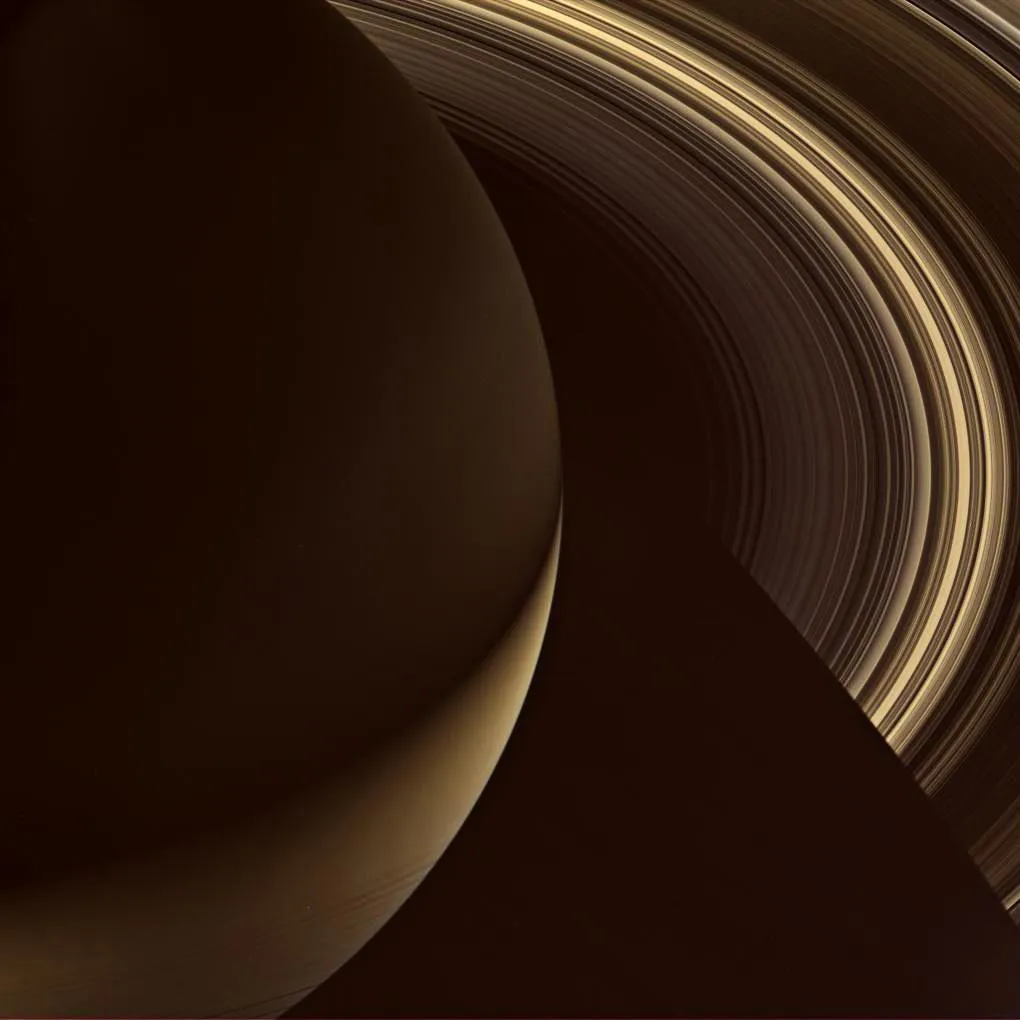
Saturn’s magnetic field lines also have a special quirk: They shift significantly to the north. The glowing bands O’Donoghue had noticed mapped almost precisely to where Saturn’s magnetic field lines passed through three of its rings, and they had a northward shift—which meant they had to be related to the field lines. The likeliest scenario was that sunlight, as well as plasma clouds coming from tiny meteoroid strikes, was charging icy dust particles within the rings, allowing the magnetic fields to grab them. As the particles bounced and twisted along the lines, some of them got close enough to the planet that its gravity pulled them into the atmosphere.
What O’Donoghue didn’t know then was that years earlier, in 1984, the astrophysicist Jack Connerney had coined the term “ring rain.” Using data collected by the Pioneer and Voyager space probes between 1979 and 1981, Connerney described a haze of particles in specific locations, suggesting that material was coming down from the rings. (H3+ hadn’t yet been detected in space.)
His idea didn’t get much traction at the time. But when O’Donoghue and Stallard submitted their paper to the journal Nature in 2013, editors sent the manuscript to Connerney for his expert opinion. “I got this paper to review from the young guy. I didn’t know who he was,” Connerney said when I met him at Goddard. Connerney, who by then had spent years working on the Juno mission to Jupiter and the Maven mission to Mars, told O’Donoghue about his essentially forgotten paper.
“We hadn’t heard of ‘ring rain’ before,” O’Donoghue said, remembering his surprise. “It had been buried since the ’80s.”
When O’Donoghue’s paper was published in Nature, he was astonished by how quickly his life changed. News reporters from around the world bombarded him with interview requests. Prestigious astronomy centers courted him. This was quite a heady change for a guy who, only a few years earlier, had been working in a warehouse hauling crates, not yet sure how to escape the downward gravitational pull of his own bleak upbringing.
* * *
“I don’t have one of those normal stories where I was looking through a telescope when I was a kid,” O’Donoghue told me. He envies colleagues who have those kinds of stories—the ones that look like Jodie Foster’s in the movie Contact. Dark skies, a bright moon, an inspirational father who tells them to aim for the stars and never give up.
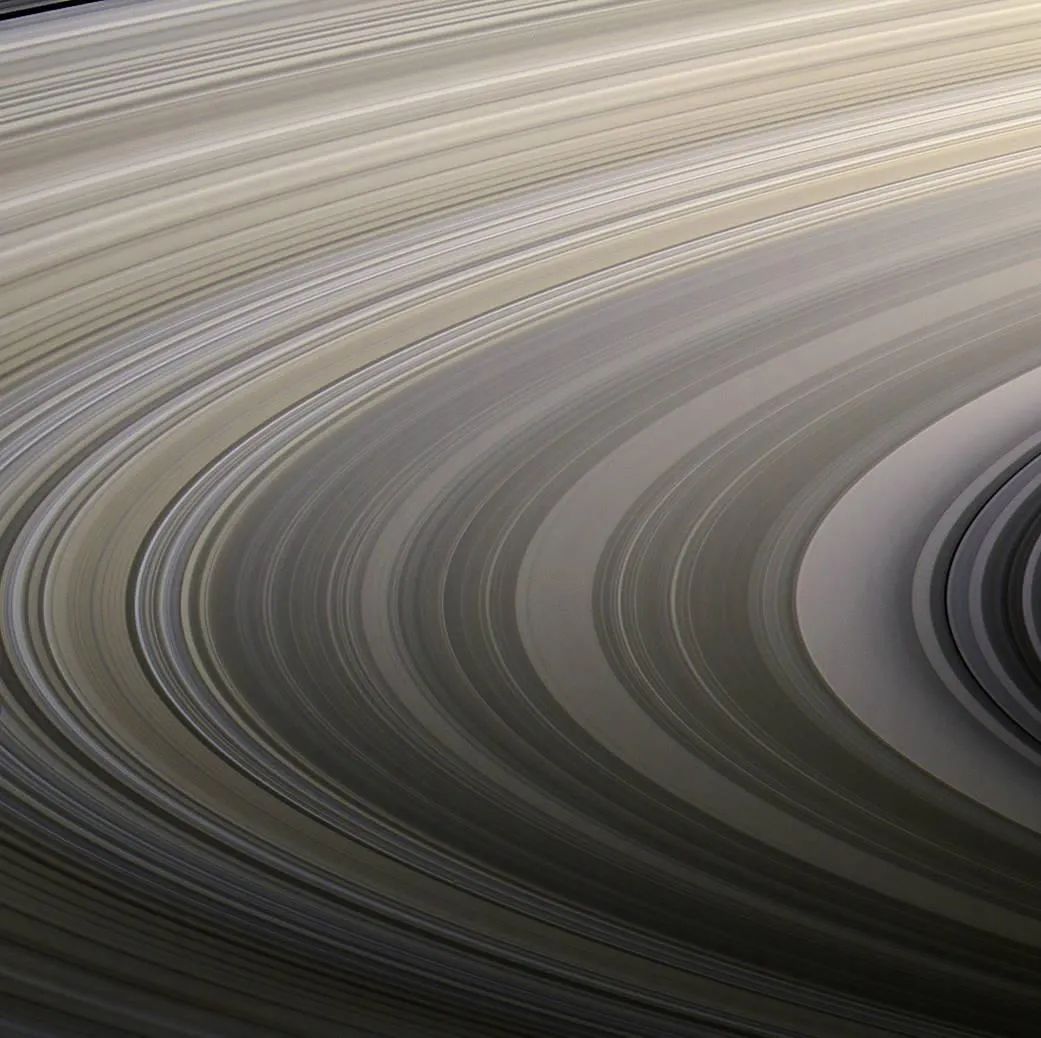
O’Donoghue’s father left his life when he was 18 months old and never contacted him again. “Not even a birthday card,” O’Donoghue told me. Until he was almost 10, he lived with his mother in Shrewsbury, England, a picturesque town on the River Severn where Charles Darwin was born. A large hill that some believe was the inspiration for J.R.R. Tolkien’s Lonely Mountain—the dragon Smaug’s lair—lies to the east. It was no fairy tale for young James. His mother’s drug-addicted boyfriend became abusive, and so she and her son fled to a domestic violence shelter in Wales. “Everyone I knew before the age of 101/2 or so was cut out,” he said.
O’Donoghue was far from a star student, and physics was his worst subject. Halfway through the A-levels—the two years of courses required to enter a British university—he dropped out and enrolled in vocational school. He apprenticed at a factory that was building circuit boards for elevator drives. To protect against static electricity, at times he had to work in a metal cage. “And that’s what my future career would be,” he said. “To stay in a cage and repair circuit boards forever.” He left and took a job at a warehouse, unloading 40-foot containers. He worked in the fridge at a dairy and ended up living in a small studio apartment with no heat and a ceiling he remembers as “illegally thin.”
On his 21st birthday, O’Donoghue and some pals decided to celebrate in Aberystwyth, a university town on the west coast of Wales. It was “freshers week,” the start of the school year. “Everyone was so friendly,” he said. “It was the best time I’d had in my life.” The next day, he went online to figure out how to enroll at the University of Wales, Aberystwyth. As it happened, a program in planetary and space science was looking for students with unconventional backgrounds—older students like O’Donoghue.
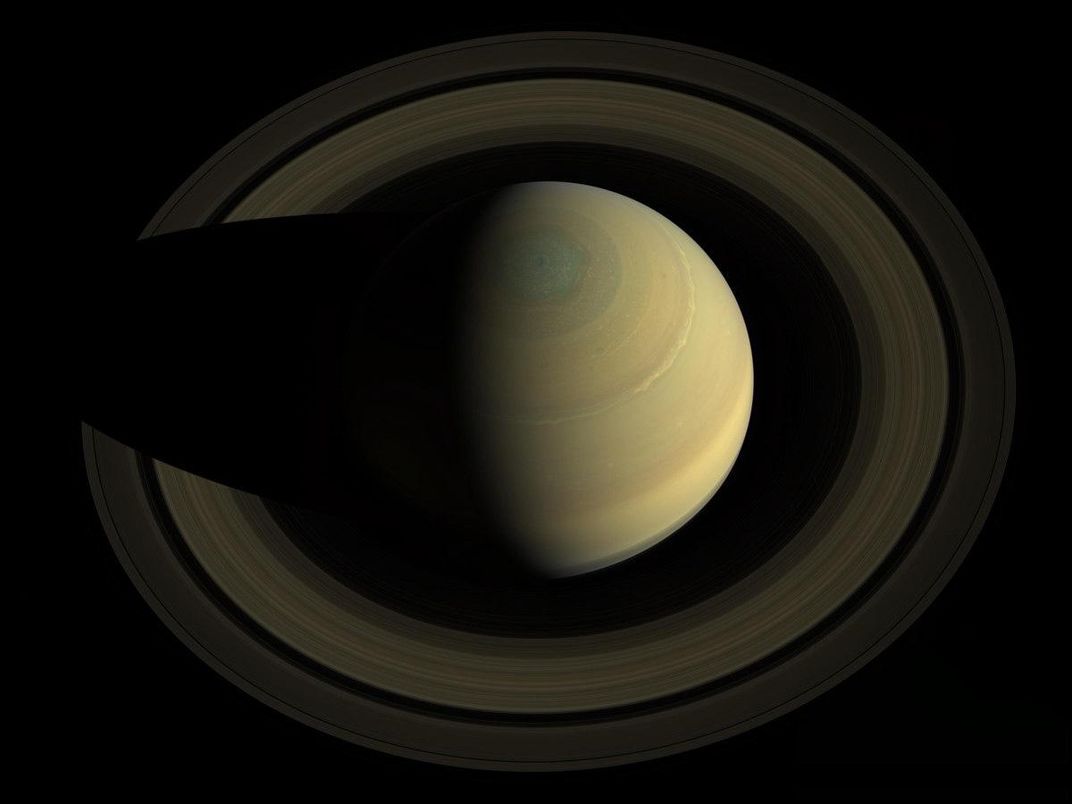
At Aberystwyth, O’Donoghue discovered that he loved research, loved looking through the ten-inch telescopes on campus. He could control them remotely from his computer at home, pointing them at the shaded side of the moon, and stayed up late looking for meteor strikes. “I fell in love with that idea of just having a cup of tea and sitting in an observatory all night.”
He found himself doing that a few years later, once he gained admission to the astronomy graduate program at Leicester. Finishing his PhD, he went on to Boston University, where he collaborated with Luke Moore, of the Center for Space Physics. Moore helped O’Donoghue figure out just how much water the rings were losing: between 952 and 6,327 pounds per second. The middle of that range would be enough to fill an Olympic-size swimming pool every half-hour.
In 2017, O’Donoghue moved to Maryland to work at Goddard, right around the time the Cassini spacecraft took the first-ever direct measurements of material leaving Saturn’s rings. Cassini was equipped with a cosmic dust analyzer, which detected water ice in the area between Saturn’s rings and atmosphere. As the spacecraft flew through the rings at more than 75,000 miles per hour during an epic grand finale—22 dives through the 1,200-mile-wide gap between the planet and its innermost ring (D ring)—the cosmic dust analyzer detected the composition, speed, size and direction of the particles that came in contact with the instrument. Hsiang-Wen Hsu, a member of the Cassini cosmic dust analyzer team, found that the amount of water leaving the rings matched well with O’Donoghue and Moore’s numbers. The rings were indeed raining.
Saturn’s immediate neighbors—Jupiter, Uranus and Neptune—also have rings, but they’re dwarfed by Saturn’s in diameter, mass and brightness. “We don’t really understand why Saturn has this massive ring system and the other giant planets don’t,” said Moore. Indeed, researchers are now wondering if the other outer planets that don’t have giant rings today might have possessed them long ago but eventually lost them. That wholly new way of thinking about planetary evolution is just one of the more spectacular implications of O’Donoghue’s discovery. Another is that Saturn’s rings, the most beguiling feature in the solar system beyond Earth, may be as young as ten million years old—millions or even billions of years younger than previously believed. If the earliest common ancestors of apes and humans had been able to look at the night sky through modern telescopes, they might not have seen rings around Saturn.
* * *
On December 17, 2018, NASA issued a press release about O’Donoghue and Moore’s new paper, incorporating the data from Cassini. With a swimming pool’s worth of material leaving the rings every 30 minutes, O’Donoghue and Moore estimated that the rings could be gone in about 300 million years (give or take). To make matters worse, the Cassini Orbiter also found that ring material was flowing into the atmosphere even more quickly at the planet’s equator—in more of a straight-line pattern, at a rate of 22,000 pounds or more per second. That is the high estimate, but if this is a constant depletion—and it is unclear if it is—combining the ring rain estimates with the equatorial drain give the rings a future life span of less than 100 million years.
Coincidentally, the day NASA published the press release was also the first day of Saturnalia, an ancient festival in which Romans made sacrifices at the Temple of Saturn. A few days later, O’Donoghue said, he saw a video on YouTube, already with thousands of views, linking Saturn’s ring rain to aliens, nuclear weapons, global warming, chemtrails and the Rothschilds. “It’s like, wow! This escalated quickly,” said O’Donoghue. “Take a Good Look at Saturn Before It’s Too Late,” Time magazine cheekily warned, “Because It’s Losing Its Rings.”
O’Donoghue thinks the ring revelations are awe-inspiring enough without resorting to hyperbole. He notes that studying other planets is a great way to learn about laws of nature we can’t observe as easily on Earth. “They’re like laboratories in space,” he said. “Understanding the extreme interactions that go on elsewhere makes us check our physics on this planet.” If we didn’t realize till now that the single most iconic element in planetary astronomy is disappearing, then what else don’t we know about the planets? What else don’t we know about our own?
What’s more, practical discoveries might come from a better understanding of magnetic fields—perhaps new advances in health care imaging that go far beyond magnetic resonance imaging, or developments on the scale of smartphones or solar panels. “It’s just a huge lattice of information,” said O’Donoghue. “You don’t know how something will become relevant yet.”
Still, it’s hard to deny that humans are fascinated by Saturn for reasons that have nothing to do with practical discoveries. “I will argue that Saturn’s rings are one of the most fantastic structures you can see in the solar system,” said Hsiang-Wen Hsu, of the cosmic dust analyzer team. “Just as if you find a pyramid, it looks so grand, so spectacular. You want to know who built it and how it was built and why it was built. The same applies to Saturn’s rings.”
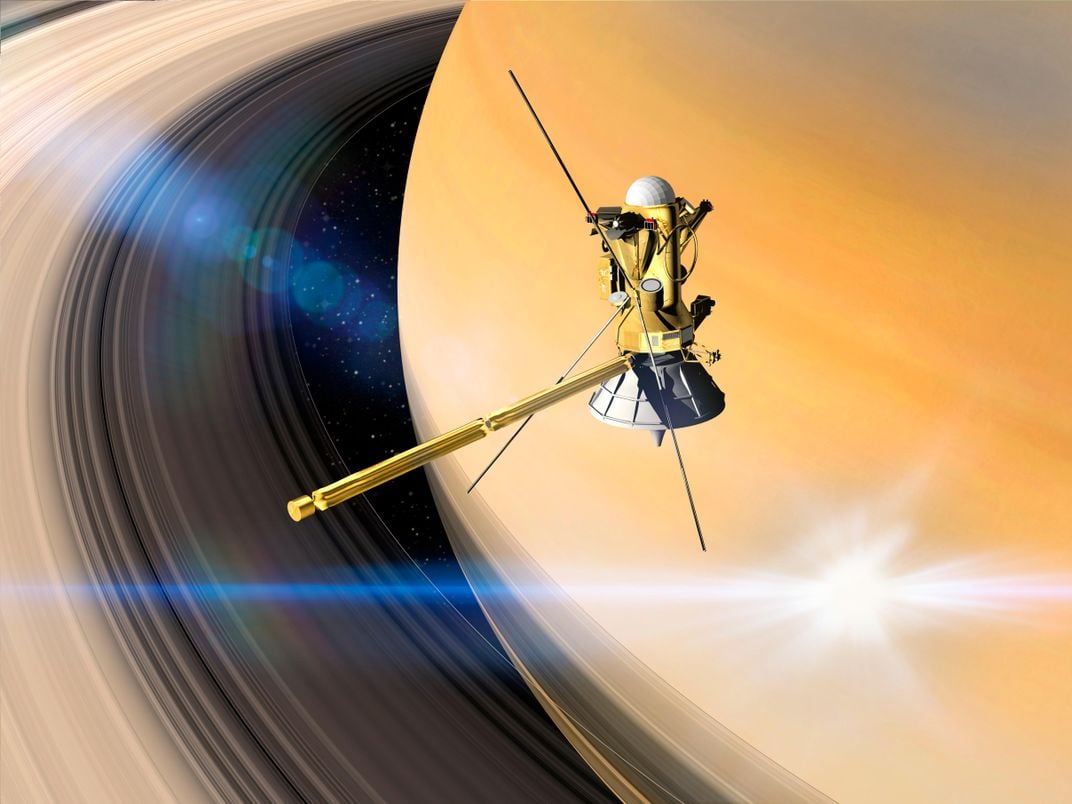
Earlier this year, O’Donoghue and his wife, Jordyn, moved to Tokyo so he could begin a fellowship at the Japan Aerospace Exploration Agency. In his spare time, he creates animated astronomy videos, which have more than two million views on YouTube. They show everything from the tilts and spins of planets to the actual time it takes for a ray of light to travel from the Sun to each planet. One of his animations is five and a half hours long. To O’Donoghue, just stimulating a sense of “Wow! Science!” is meaningful. “I think humans have always been explorers,” he reflects. “Even if it was just for entertainment, it would be worth it.”
/https://tf-cmsv2-smithsonianmag-media.s3.amazonaws.com/filer/73/36/7336f863-7f79-4699-aa2c-b27d4d0c46af/sep2019_g05_saturn.jpg)

